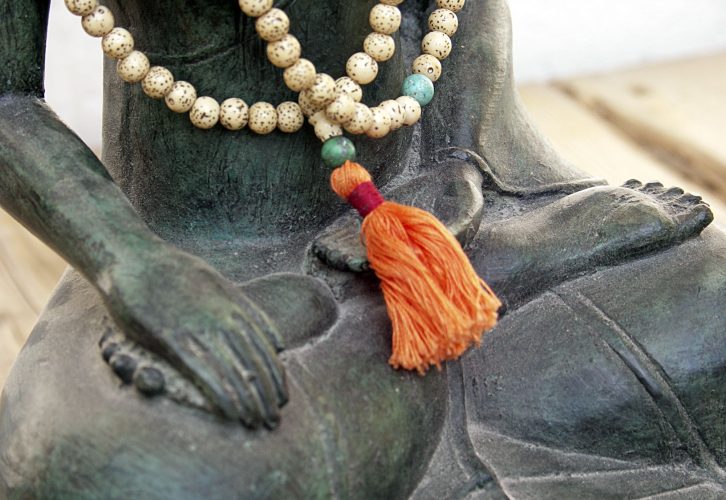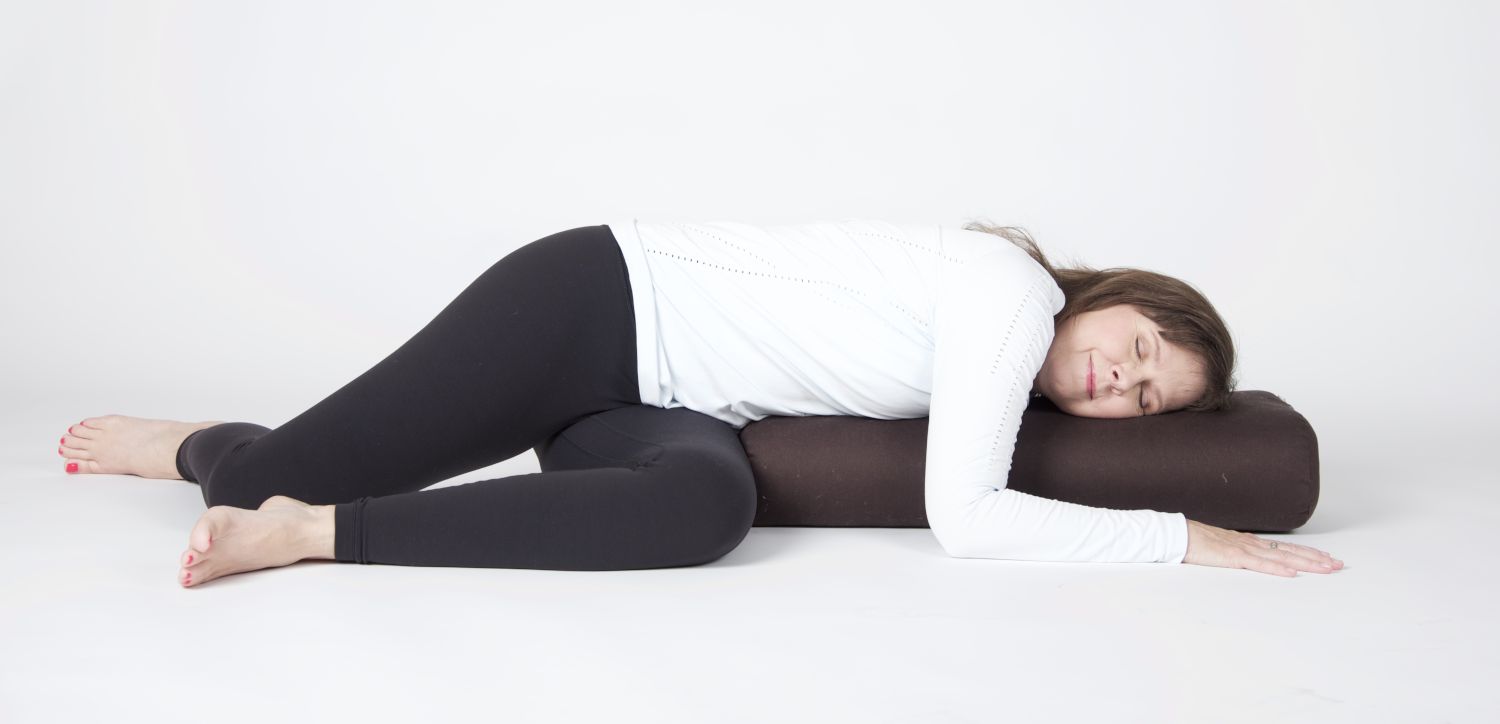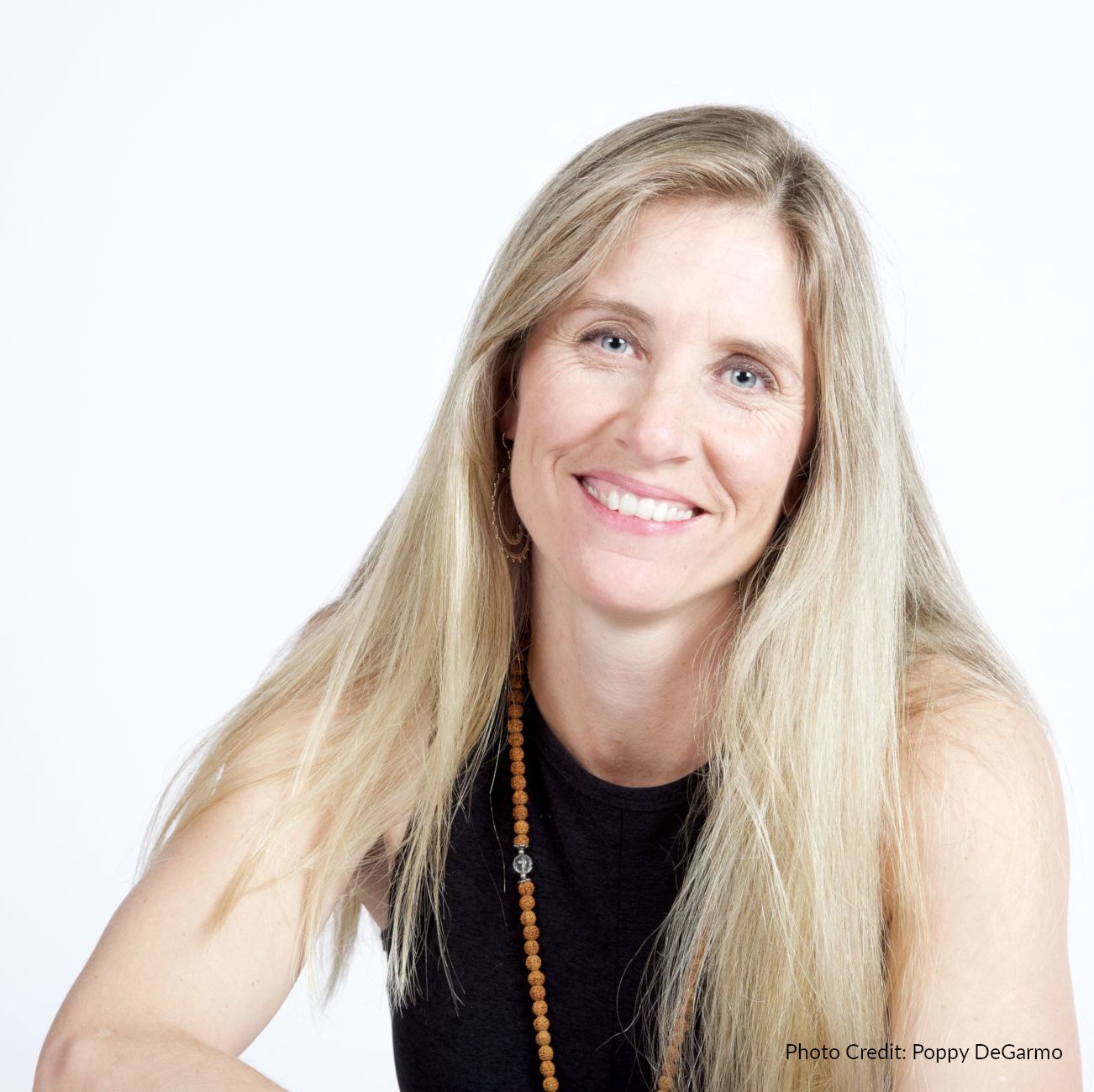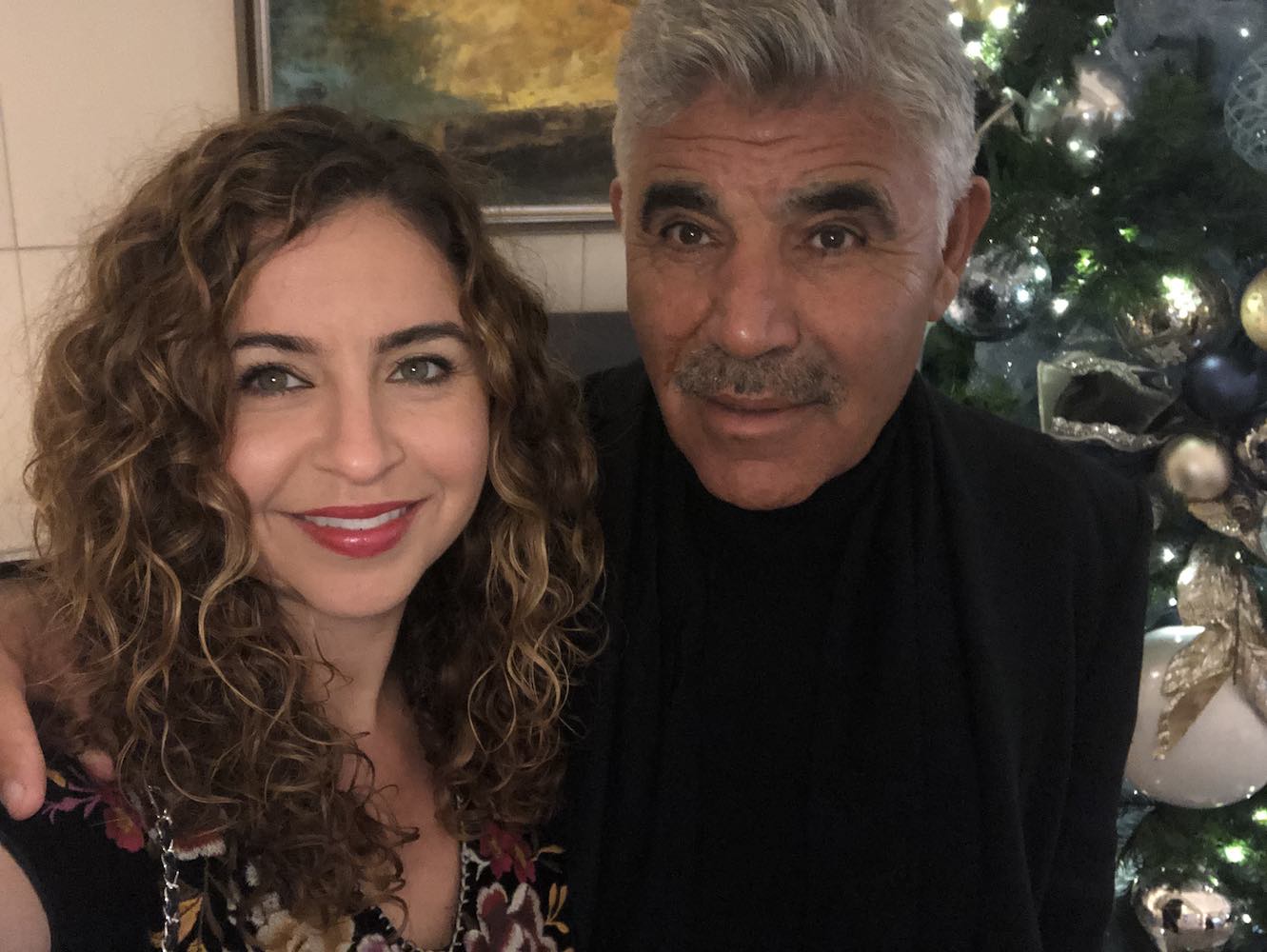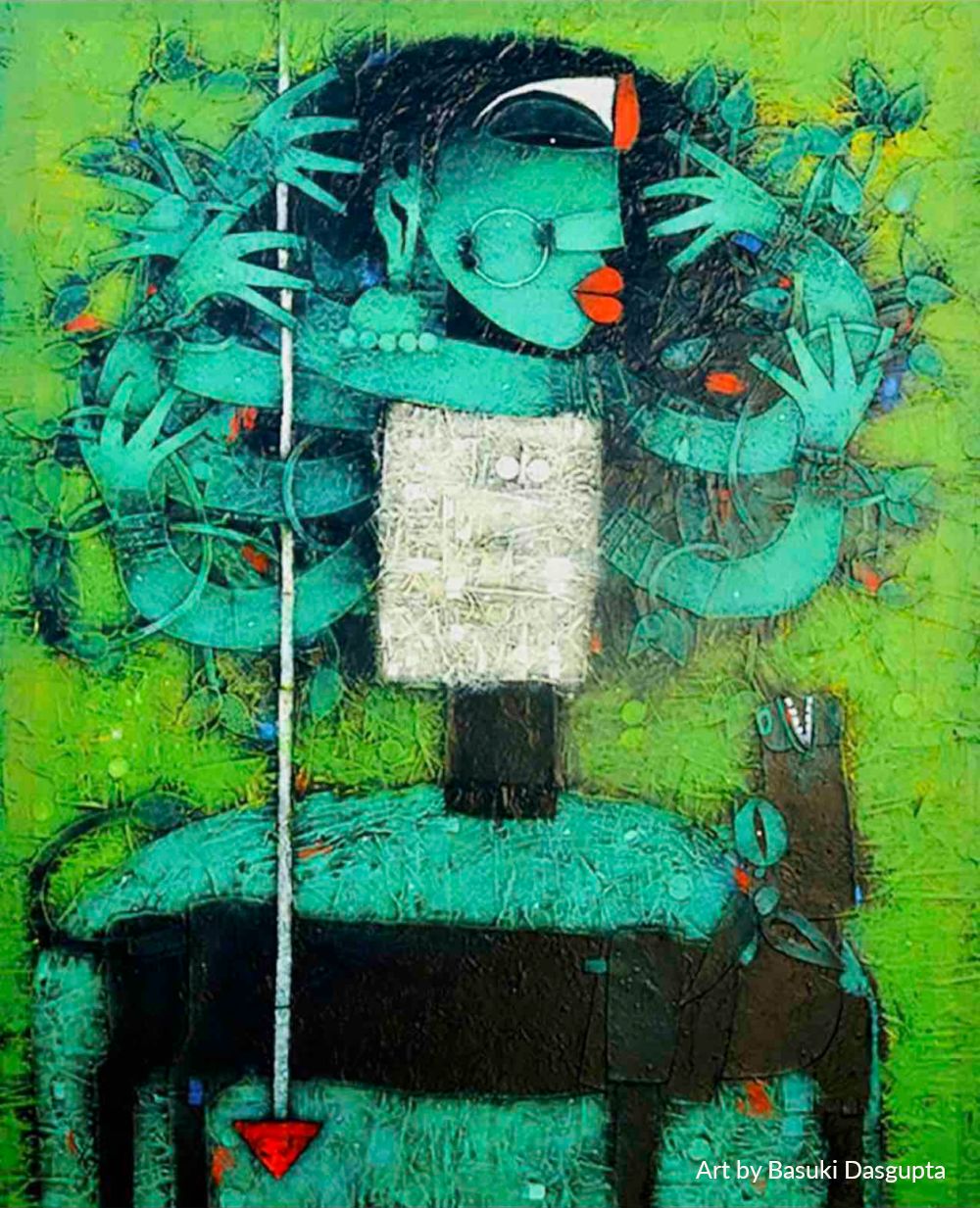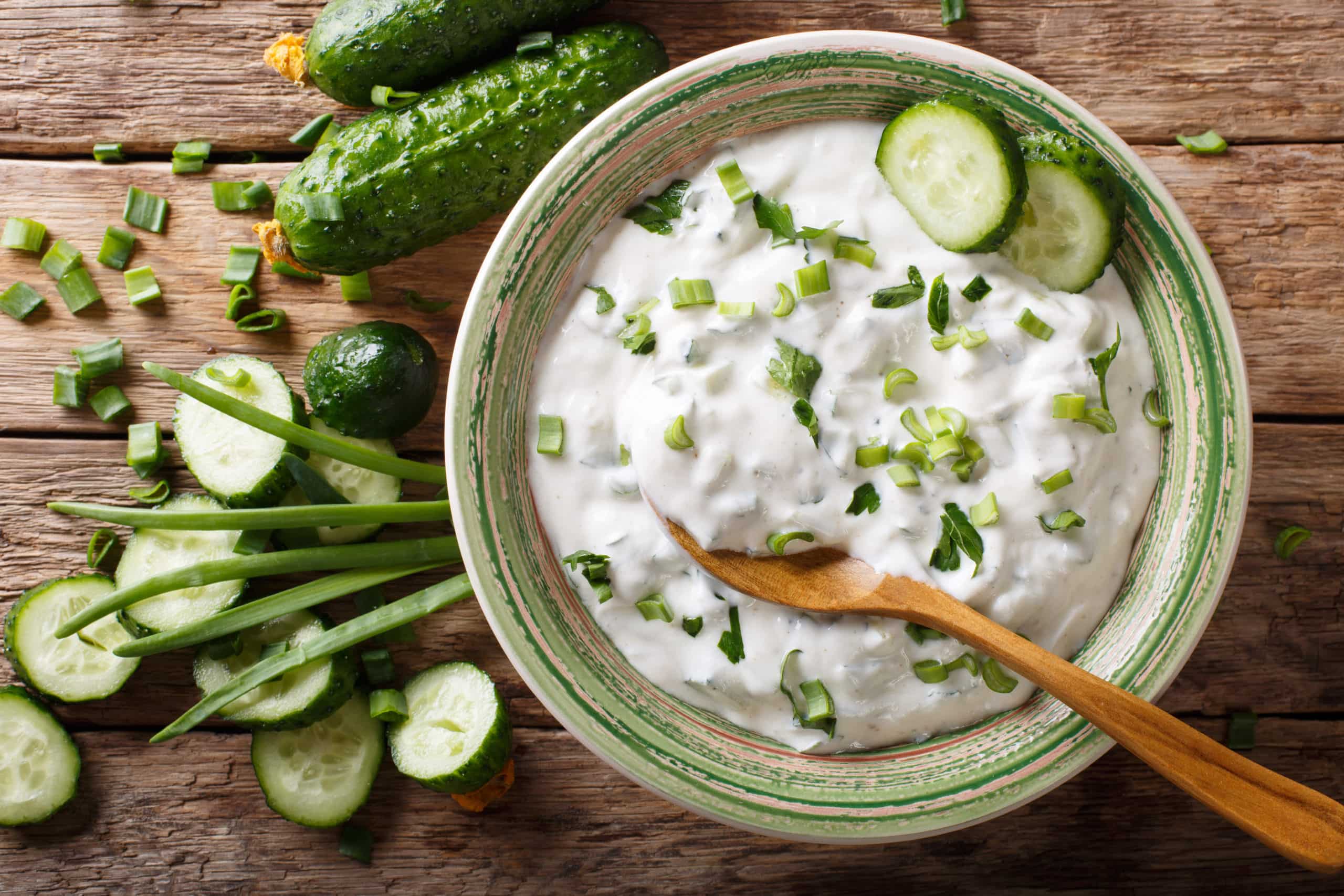Once upon a time, there lived six blind men in a village. One day, the villagers told them, “Hey, there is an elephant in the village today.”
Indian proverb
The blind men had no idea what an elephant was. They decided that, even though they could not see it, they would touch it. And by touching it, they would come to know an elephant.
The first blind man, who only touched the elephant’s leg, said, “The elephant is a pillar.”
“No, no!” cried the second blind man, who had touched the elephant’s tail. “It’s like a rope.”
“Oh, no! It’s like the branch of a tree,” said the third blind man, who had only touched the elephant’s trunk.
“It’s like a big fan,” argued the fourth blind man, who had touched the elephant’s ear.
“More like a huge wall.” insisted the fifth blind man, who had touched the elephant’s belly.
“You are all wrong. It’s like a pipe,” said the sixth blind man, who had only touched the elephant’s tusk.
They began to argue about the elephant, and each of them insisted that he was right. A wise man was passing by and saw them arguing and growing more and more agitated. He stopped and asked them, “What’s the matter?”
The men said, “We cannot agree to what the elephant is like.”
Each one of them told what he thought the elephant was like. The wise man calmly explained to them, “All of you are right. The reason every one of you is telling it differently is because each one of you touched a different part of the elephant. The elephant actually has all the features each of you described.”
The mala was my elephant. I only knew part (a very little part) of the whole. I wanted to understand as much as I could. I needed to put all the pieces together to have a better picture of the whole. In this three-part series, we’ll explore what malas are, why we use them, proper etiquette, and, later, how to make them!
I have always loved beads, wearing and collecting all types of beads, and even beading, myself. After attending a weekend workshop on meditation, I was exposed to the use of a mala for meditation. I already had a practice of seated meditation, but found using a mala was very grounding for me. I found the repetition of mantra to be calming and mysterious. I loved the feel of the beads between my fingers.
I started thinking about my 25 years of teaching elementary school students and how we often explored a new theme. Together, we’d make a list of what we knew about the given theme we were studying and what we wanted to know about the theme. Then, either individually or as a group, we would begin our research on what we want to know and then share what we discovered. I decided to treat my interest in malas the same way.
Before I began my research, I thought about malas and mantras – my knowledge was limited. I discovered that what I thought I knew was mostly true, but almost always there was more to be discovered.
What I thought I knew:
- Malas can be used as jewelry.
- Malas are also used for saying prayers and mantras, as well as meditating.
- Malas have been around for a long time.
- Malas can be made of different materials.
- Malas are similar to rosary beads that I grew up with in the Catholic tradition.
What I wanted to learn:
- What is their origin?
- Why 108 beads?
- What is a rudraksha seed (a common material making malas)?
- What do you need to make a mala?
- How do you string beads?
- Which prayers and mantras can be used?
- What is the proper etiquette when using a mala?
I knew that along the way there would be more questions. That always happens. The elephant is big!
The Origin of Malas
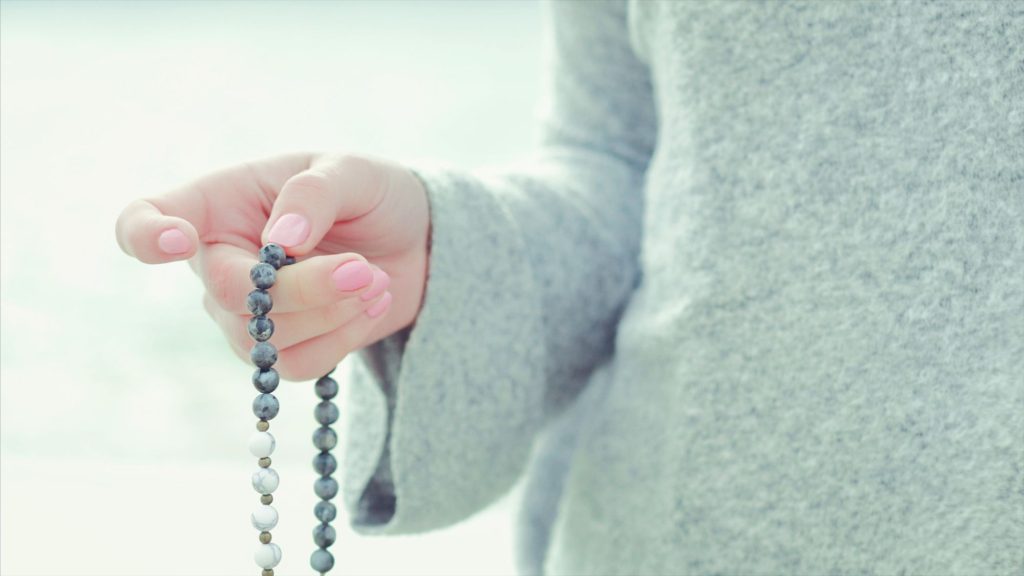
Malas are a type of prayer beads used for counting the recitation of prayers or incantations. The beads allow the user to keep track of how many prayers and incantations have been said. By fingering each bead, the practitioner can focus on the meditation rather than counting the incantations.
The word mala means “garland” or “string of flowers.” Prayer malas are strings of beads used for keeping count while reciting, chanting, or mentally repeating a mantra, the names of deities, or prayers. Malas are typically made with 18, 27, 54, or 108 beads, which can have a variety of forms and meanings. I find that using a mala for japa, which is Sanskrit for “repetition,” has a very grounding effect and is a sufficient method for keeping track of the chant count.
Over two-thirds of the world’s population uses a variation of prayer beads as part of their religious practice. Christianity, Hinduism, Buddism, and Islam are the major religions that use prayer beads in important ritualistic roles. The earliest traces of prayer beads are Hindu, from the 8th century BCE. The actual word bead is a derivative of the Old English word bede, meaning “prayer” (bidden means “to pray”).
There are various opinions as to where the custom of counting prayers using a string of beads began. Some say the tradition started in India (and is not necessarily Hindu), and that there was a cultural sharing of the tradition among other religious or spiritual groups; including Islam and Christianity. Others say it began with the Greeks.
Why 108 Beads?
The question of why 108 beads make up the mala was a perplexing part of the elephant. What is so special about that particular number? Even after researching, I’m not sure I know any more than when I started this inquiry. The number has significance in the following areas:
- Harshad Number: 108 is a Harshad number, which is an integer divisible by the sum of its digits (harshad is Sanskrit for “great joy.”)
- Desires: There are said to be 108 earthly desires (ex: abuse, calculation, enviousness, hostility, inattentiveness, lying, pride, stinginess, torment, unkindness…to name a few).
- Heart Chakra: Some say there are 108 energy lines that converge to form the heart chakra.
- Numerology: It has been said that the number 1 stands for god or higher truth, 0 stands for emptiness or completeness in spiritual practice, and the shape of the 8 stands for infinity.
- Paths, Meditations, and Feelings: Many believe there are 108 paths to God, while others believe the soul goes through 108 stages on its journey. Additionally, there are 108 types of meditations, as well as 108 types of feelings (36 related to the past, 36 the future, and 36 the present, which add up to 108), and more.
- Hinduism: The number of Hindu deities, each having 108 names.
- Astrology: There are 12 constellations and nine planets; 12×9=108.
Whether you believe some of these or not, 108 has significance and is a tradition for many cultures and people. Mantras are respectfully repeated in rounds of 108.

